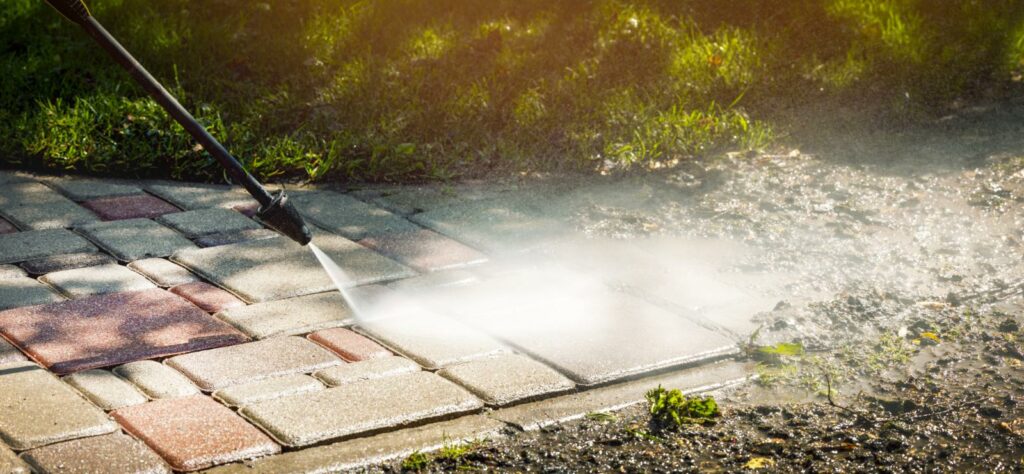
Contents
Rodent Infestations – From the common signs of rodent presence to the potential health risks they pose, understanding how to tackle this issue is essential.
So, if you’ve ever wondered how to rid your home of these unwanted guests and keep them at bay, keep reading. You won’t want to miss the valuable information and effective treatment methods we’ll be sharing with you.
Key Takeaways
- Identifying the signs of a rodent infestation, such as droppings, gnaw marks, unusual sounds, and nesting materials, is crucial for early detection and immediate action.
- Different rodent species, such as house mice, Norway rats, and roof rats, require specific prevention techniques to effectively keep them out of your home.
- Identifying and sealing off potential entry points, such as gaps in doors, windows, and the foundation, is essential to prevent rodents from entering your home.
- Rodents can carry various diseases, including Hantavirus, Leptospirosis, and Salmonella, so it is important to maintain a clean home and take preventive measures to keep them away.
Signs of Rodent Infestations
To identify a rodent infestation in your home, observe for specific signs that indicate their presence. Being aware of these signs can help you take immediate action and prevent further damage. One of the most apparent signs is the presence of droppings. Rodents, such as rats and mice, leave behind small, dark, and cylindrical droppings. If you notice these droppings in your home, it’s a clear indication that rodents are present.
Another sign to look out for is gnaw marks. Rodents have a constant need to chew on things to keep their teeth from growing too long. Therefore, they often leave behind chewed wires, furniture, and even walls. If you notice these telltale signs of gnawing, it’s likely that rodents have made your home their nesting ground.
Unusual sounds in your walls or attic can also be a sign of a rodent infestation. Rats and mice are nocturnal creatures and are most active during the night. If you hear scratching, scurrying, or squeaking noises, it’s time to take action.
Lastly, keep an eye out for any signs of nesting materials. Rodents tend to build nests using shredded paper, fabric, or other soft materials. If you notice any unusual accumulation of such materials in your home, it’s a clear sign that rodents have made themselves comfortable.
To deal with a rodent infestation, it’s important to employ effective rodent control methods and prevention measures. These include sealing off any entry points, keeping your home clean and clutter-free, storing food properly, and using traps or poison as necessary.
Rodent Infestations – Common Rodent Species
There are several common rodent species that homeowners should be familiar with in order to effectively identify and address infestations. By understanding the different types of rodents that may be present in your home, you can use appropriate prevention techniques and implement rodent-proofing measures to keep them at bay. Here are three common rodent species to watch out for:
- House Mice: House mice are small rodents with pointed noses, large ears, and long tails. They’re usually gray or brown in color and can reproduce rapidly, leading to a large infestation if not addressed promptly. To prevent house mice from entering your home, seal any cracks or openings in walls, floors, and foundations, and keep your living spaces clean and clutter-free.
- Norway Rats: Norway rats, also known as brown rats, are larger than house mice and have a more robust body. They’ve small eyes and ears and a blunt nose. These rats are excellent climbers and can squeeze through small openings. To prevent Norway rats from infesting your home, ensure that all food is stored in tightly sealed containers, and remove any potential food sources from your yard.
- Roof Rats: Roof rats, also called black rats, are slender rodents with large ears and a long tail. They’re excellent climbers and tend to nest in attics, trees, and other elevated areas. To prevent roof rats from entering your home, trim tree branches that may provide them with access to your roof and seal any gaps or openings in your attic or walls.
Rodent Infestations – Identifying Entry Points
Now that you’re familiar with the common rodent species that may infest your home, it’s important to identify the entry points through which they can gain access. By identifying these entry points, you can take the necessary steps to prevent future infestations and implement effective rodent control methods.
Rodents are incredibly resourceful creatures, capable of squeezing through even the tiniest openings. Common entry points include gaps in doors and windows, cracks in the foundation, and openings around utility pipes and vents. Take the time to carefully inspect your home, paying close attention to these areas. Look for any signs of gnawing, droppings, or nesting materials, as these can indicate that rodents have already gained access.
Sealing off entry points is crucial for preventing future infestations. Begin by repairing any cracks or gaps in your home’s foundation using sealants or cement. Install door sweeps to eliminate gaps under doors, and consider adding weather stripping to windows. Use wire mesh to cover vents and utility openings, ensuring that rodents can’t enter through these routes.
In addition to sealing off entry points, it’s important to address any potential attractants that may be drawing rodents to your home. Keep food stored in tightly sealed containers, and promptly clean up any spills or crumbs. Regularly empty trash cans and ensure they’ve tight-fitting lids. Trim vegetation away from the exterior of your home, as overhanging branches can provide rodents with easy access to your roof.
Health Risks Associated With Rodents
Rodents pose significant health risks that you need to be aware of in order to protect yourself and your family. These small creatures may seem harmless, but they can carry a variety of diseases that can be transmitted to humans. It’s crucial to understand the health risks associated with rodents and take preventive measures to keep your home safe.
Here are three important things to know about rodent-borne diseases and the prevention measures you can take:
- Hantavirus: Rodents, particularly mice and rats, can carry hantavirus, which can cause severe respiratory illness in humans. The virus is primarily transmitted through contact with rodent droppings, urine, or saliva. To prevent hantavirus infection, it’s essential to keep your home clean and free of rodent droppings. Wear gloves and a mask when cleaning areas where rodents have been present and ensure proper ventilation.
- Leptospirosis: This bacterial infection is commonly spread through contact with water or soil contaminated with rodent urine. Leptospirosis can cause flu-like symptoms, such as fever, muscle aches, and headache. To prevent this disease, avoid swimming or wading in waters that may be contaminated with rodent urine. Additionally, make sure to seal any openings in your home that may allow rodents to enter.
- Salmonella: Rodents can carry salmonella bacteria, which can cause food poisoning in humans. These bacteria are often found in rodent droppings and can contaminate surfaces and food items. To reduce the risk of salmonella infection, it’s crucial to store food in sealed containers, clean countertops regularly, and wash your hands thoroughly after handling any potentially contaminated items.
Effective Treatment Methods
To effectively address and eliminate rodent infestations in your home, it is important to implement appropriate treatment methods that prioritize both the eradication of rodents and the prevention of their return. By taking proactive measures, you can create a safe and rodent-free environment for yourself and your loved ones. There are various prevention techniques and natural remedies that can help you in this endeavor.
| Prevention Techniques | Natural Remedies |
|---|---|
| Seal cracks and holes in walls and foundation to deny entry to rodents. | Use peppermint oil, as rodents dislike its strong scent. |
| Keep food in sealed containers and clean up spills promptly to remove food sources. | Place cotton balls soaked in vinegar at entry points to deter rodents. |
| Trim tree branches and shrubs away from the house to prevent easy access for rodents. | Sprinkle cayenne pepper or garlic powder in areas frequented by rodents. |
| Install door sweeps and screens on windows to prevent rodents from entering. | Use humane traps to catch and release rodents away from your home. |
Implementing these prevention techniques will not only help in eliminating existing rodent infestations but also prevent future ones. By sealing entry points, removing food sources, and creating barriers, you make your home less appealing to rodents. Additionally, natural remedies like peppermint oil, vinegar-soaked cotton balls, cayenne pepper, and garlic powder can act as deterrents, making rodents less likely to invade your space.
Wrap-Up
So remember, when it comes to dealing with pesky rodents in your home, don’t wait until it’s too late! Take action and eradicate these furry intruders.
By identifying the signs, understanding the different species, and finding their entry points, you can prevent further infestations.
Don’t let your home become a playground for these unwelcome guests. Stay vigilant and protect your health and peace of mind.
Say goodbye to those scurrying critters and reclaim your sanctuary!
Recent Posts
Effective Local Roach Extermination for Homes
Dealing with roaches in your home can be frustrating and challenging. Recognizing the signs of
Effective Flea Extermination for Your Pets
Just as a knight must armor up to battle a dragon, you need a solid
What Are Professional Flea Extermination Services?
If you’re dealing with a flea infestation, understanding professional flea extermination services is vital. These
